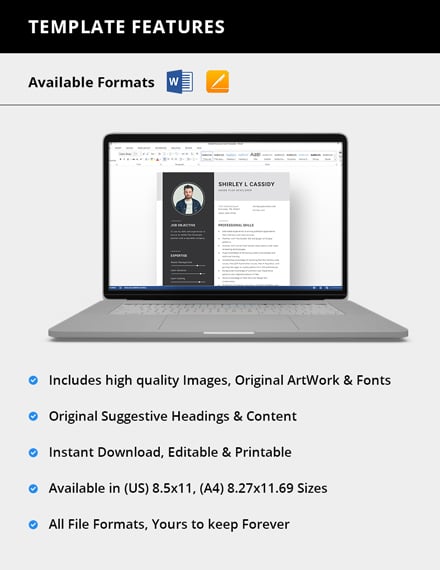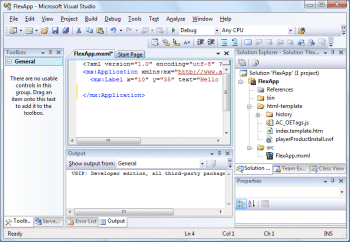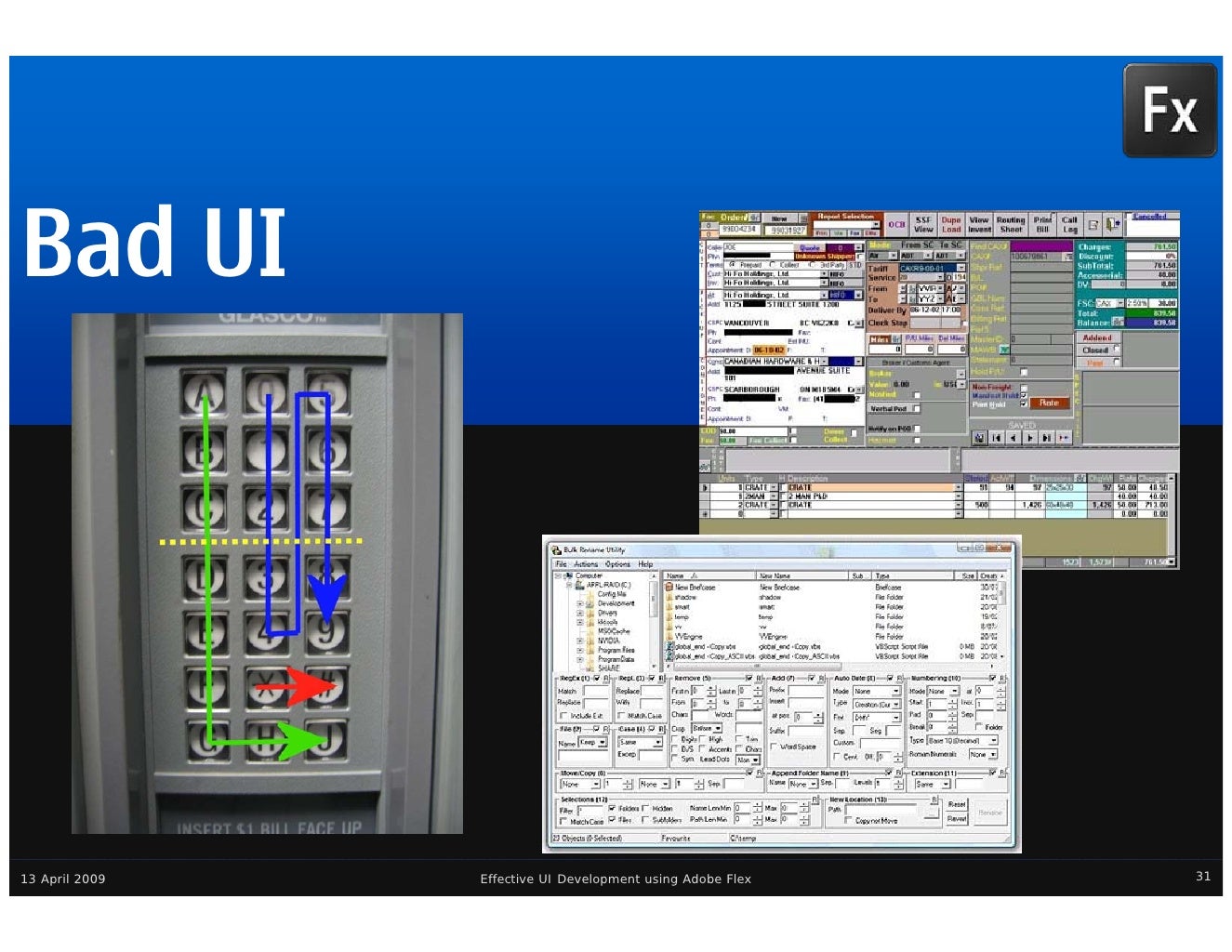


- #Adobe flex moduleloader mac os x
- #Adobe flex moduleloader install
- #Adobe flex moduleloader update
- #Adobe flex moduleloader Patch
- #Adobe flex moduleloader upgrade
Or, you can update to the just-released Flex SDK 4.6 (which does not contain the vulnerability).
#Adobe flex moduleloader upgrade
Indicates that the SWF file appears to be a Flex SWF file but does not contain the vulnerable code.Īlternatively, you can upgrade from a lower-numbered version of the SDK to any higher-numbered version of the SDK in the right column above. "Vulnerability not found in ABC block for frame 2" Usually indicates that the SWF file has already been patched. "Vulnerability not found in ABC block for frame 2, SWF may have already been patched" Double-check that you have permissions to write the file. Indicates that the SWF file is vulnerable, but could not be patched due to an error writing the changes back to the SWF file on disk. However, your SWF file cannot be attacked as long as it is dependent on RSLs from a fixed SDK version. The tool continues to report this same message even after updating to a fixed SDK version. Rebuild your application from source after updating to a fixed SDK version, as described in Action II below.
#Adobe flex moduleloader Patch
Therefore, the SWF-patching tool can't patch it (due to the rare situation of being a Flex 4 SWF file using RSLs but containing no locales). Indicates that the SWF file is configured in a way by which RSLs it loads determines its vulnerability. "Failed: Vulnerability found, but cannot patch. Indicates that the SWF file appears to be a Flex module, not an application. "SWF is a module SWF, which is not vulnerable" Indicates that the SWF file appears to be a Flex SWF file, but does not contain the vulnerability. Indicates that the SWF file is not a Flex SWF file. Verify that the SWF file you selected is an application SWF file built with Flex. Indicates that key things expected in all application SWF files built with Flex were not found. To use the SWF-patching too, do the following:
#Adobe flex moduleloader mac os x
If you do not have a Windows or Mac OS X system available, skip to Action II rather than using the SWF-patching tool. The SWF-patching tool is only supported on Windows and Mac OS X. (They can be vulnerable even if the tool reports no vulnerability.) If you have used a custom compiler or post-processor, skip to Action II rather than using the SWF-patching tool. SWF files built or post-processed using compilers, optimizers, or obfuscators other than an official Flex compiler from Adobe can be vulnerable. (This prodecure is described in Action II.) Also, the SWF-patching tool works by searching for a known byte sequence in a particular area of the SWF file. However, any subsequent rebuilds of your application from source code are still vulnerable unless you also update your SDK to a fixed version. You can then swap in the new file to replace the original SWF file on the deployment website. This patch produces a patched but otherwise-identical SWF file.
#Adobe flex moduleloader install
However, a faster, simpler way to repair your application SWF file is to install and run the provided SWF-patching tool, APSB11_25_Patch_Tool.air on your application SWF file. The most reliable way to repair your applications is to follow Action II, described later. Repair and redeply vulnerable applications. SWF files that were created without using Flex (such as files created in Adobe Flash Professional) are not vulnerable.Applications built with Flex that are AIR-based (not web-based) are not vulnerable.Applications built using any release of Flex before 3.0 are not vulnerable.

However, there are rare cases in which they are vulnerable.


 0 kommentar(er)
0 kommentar(er)
